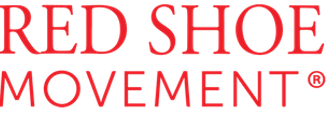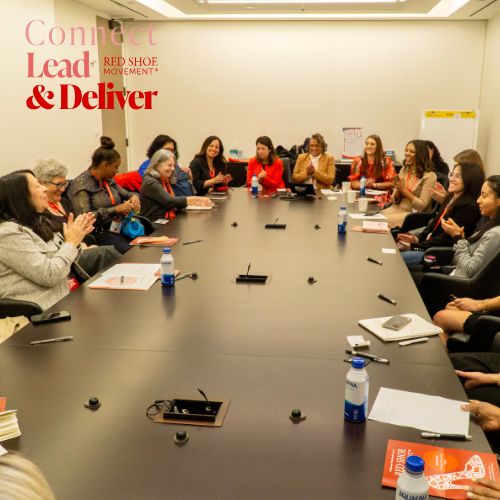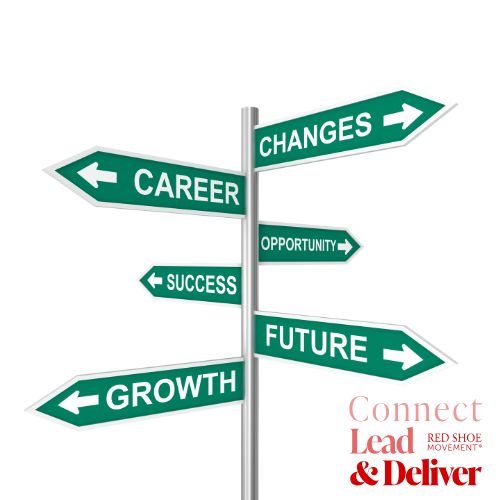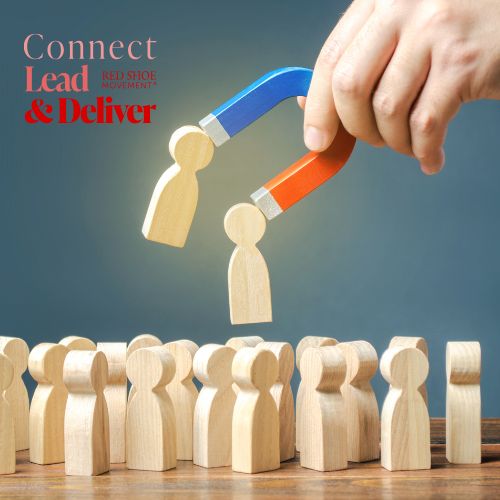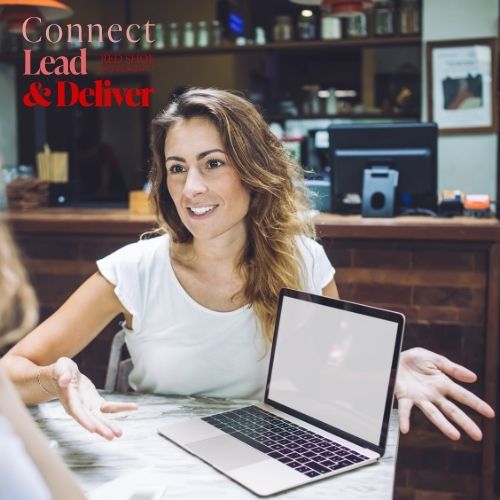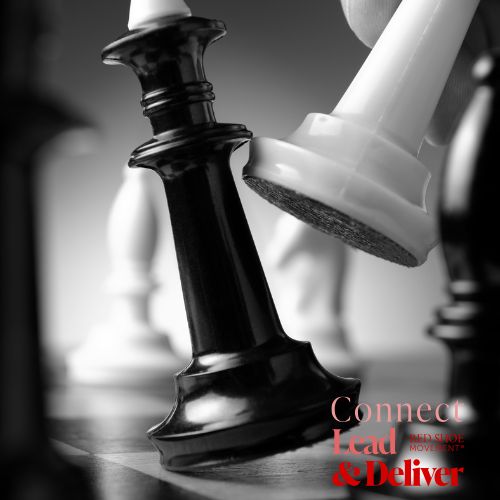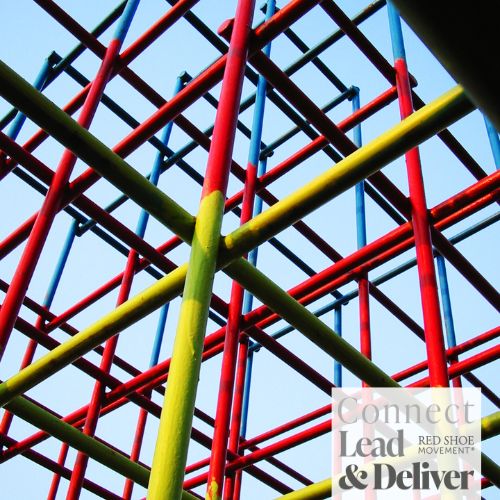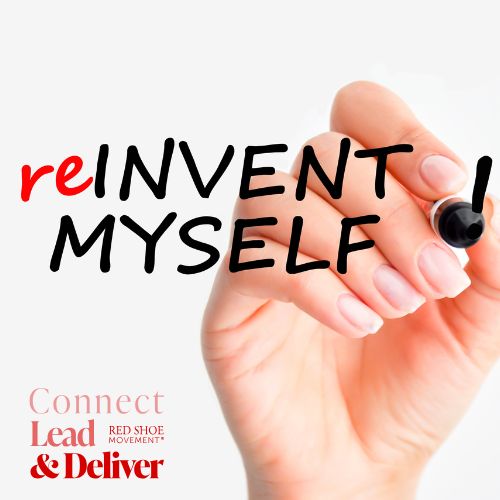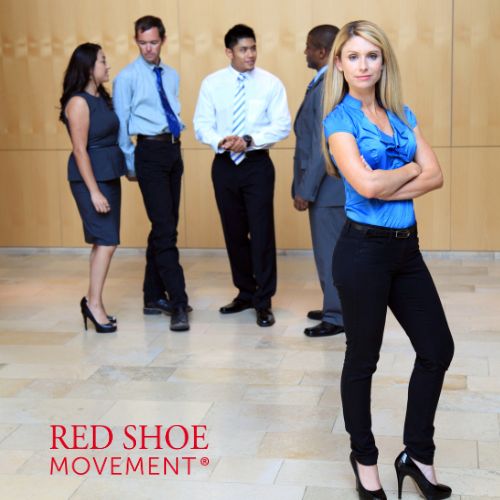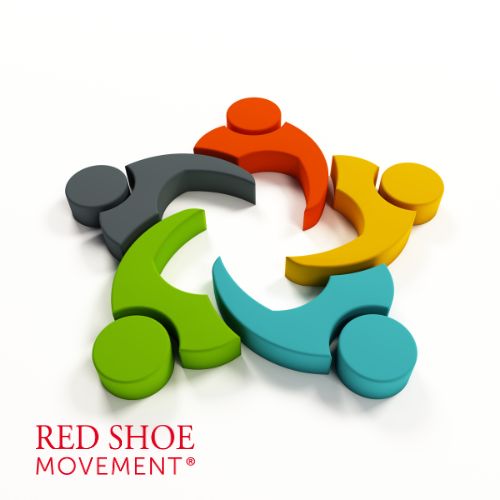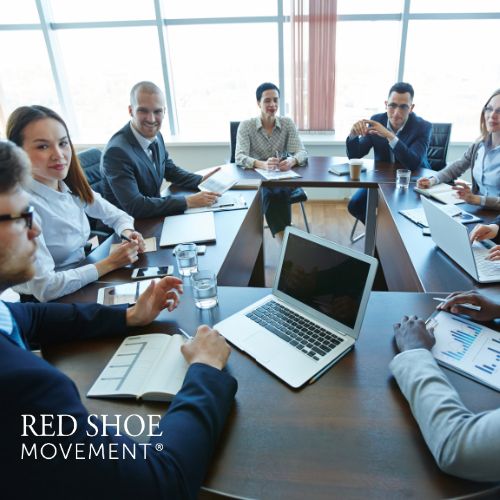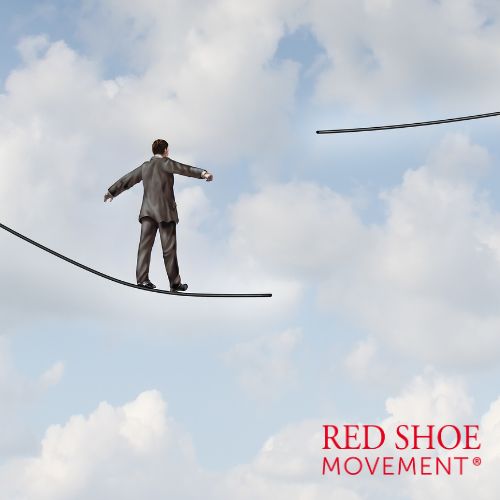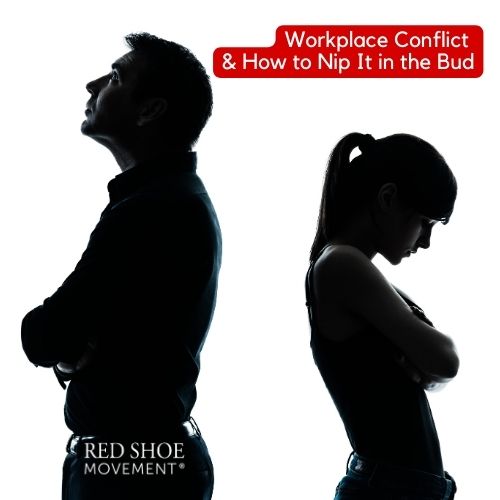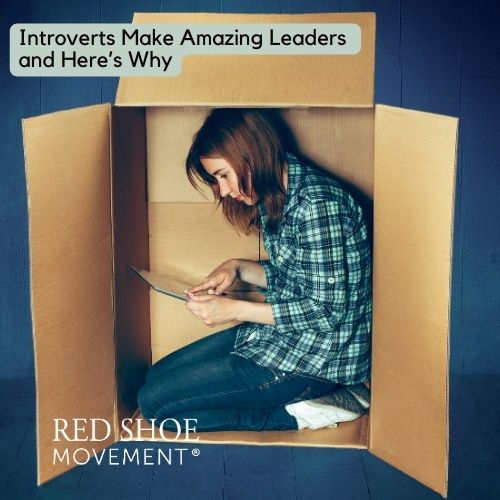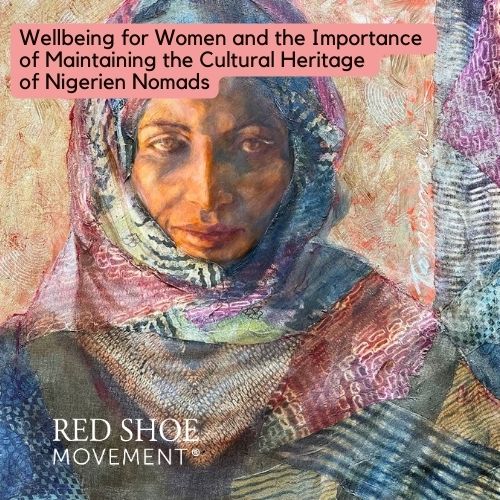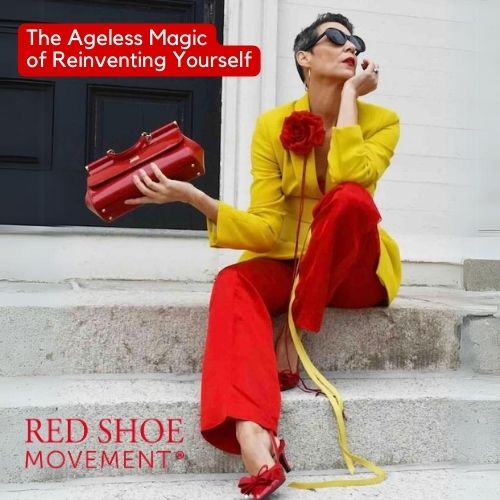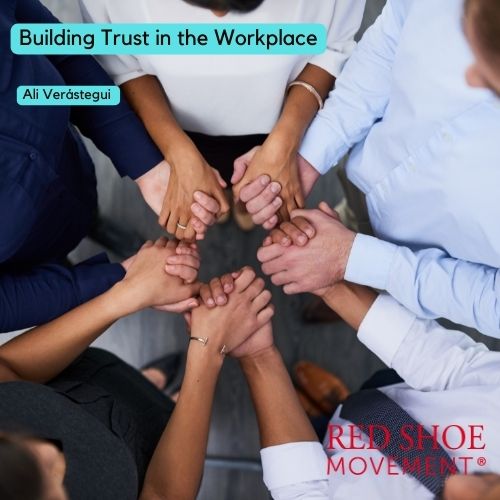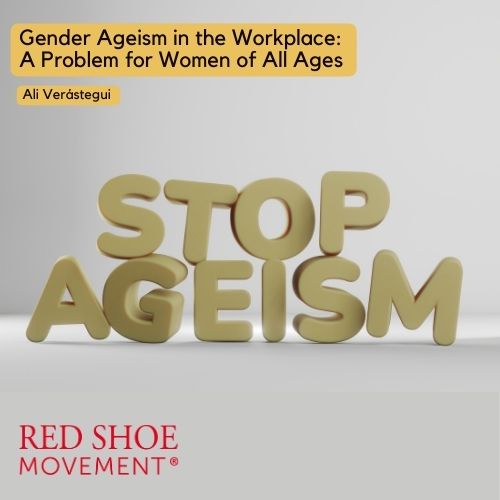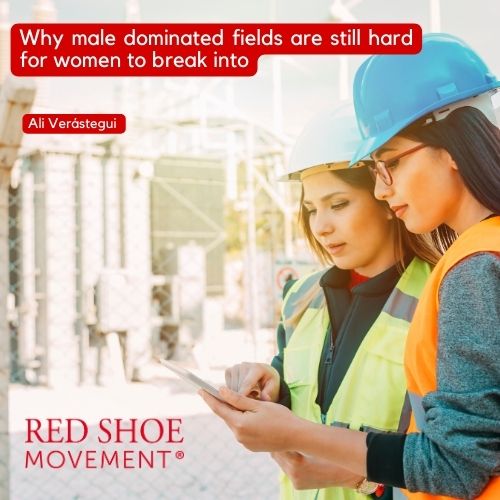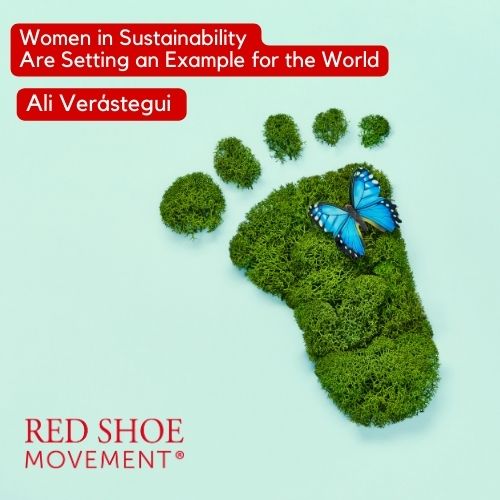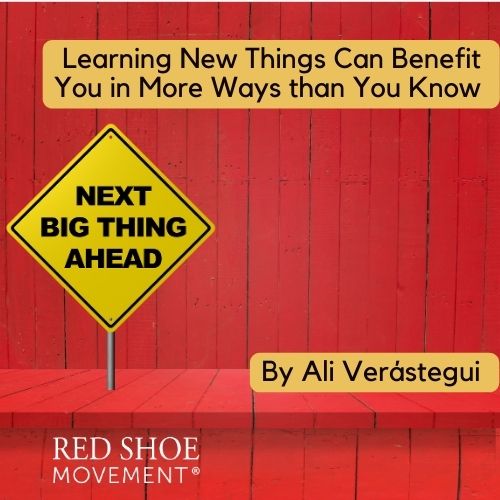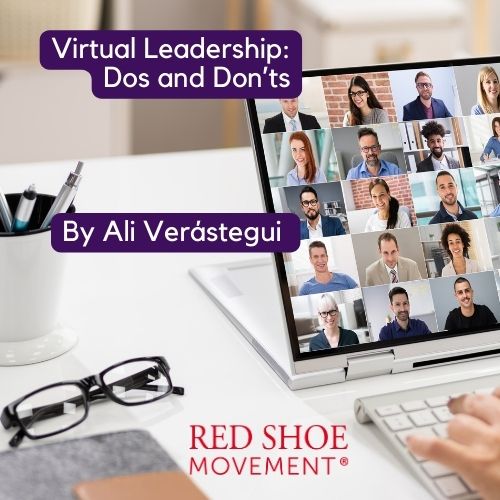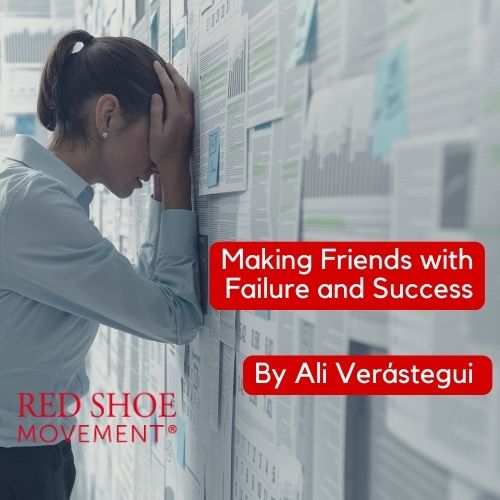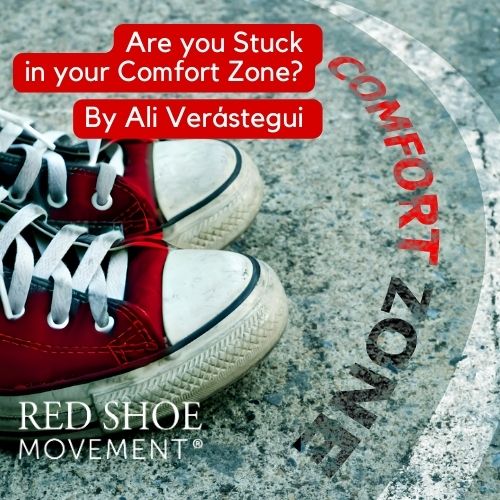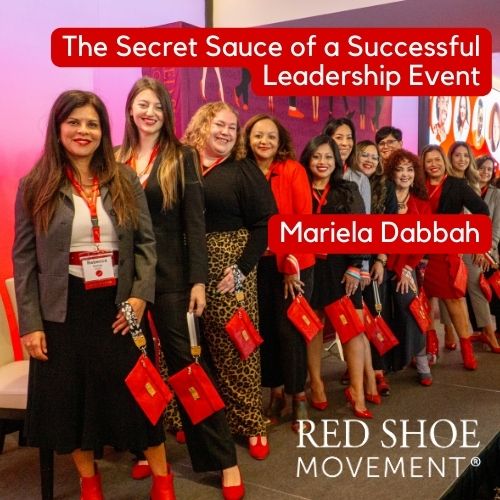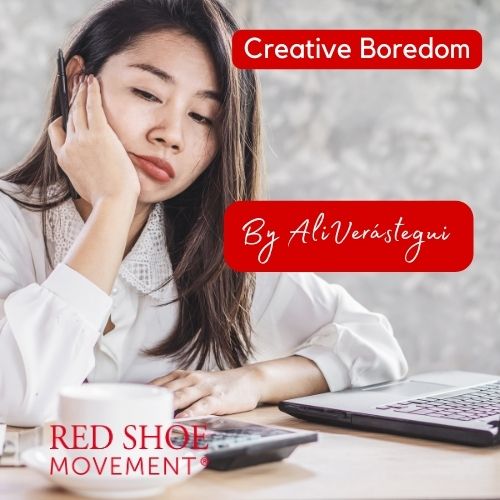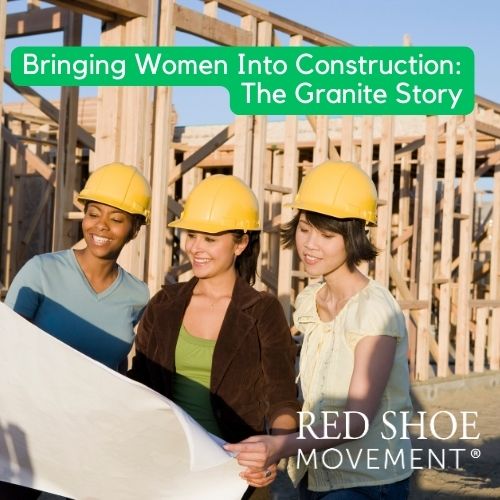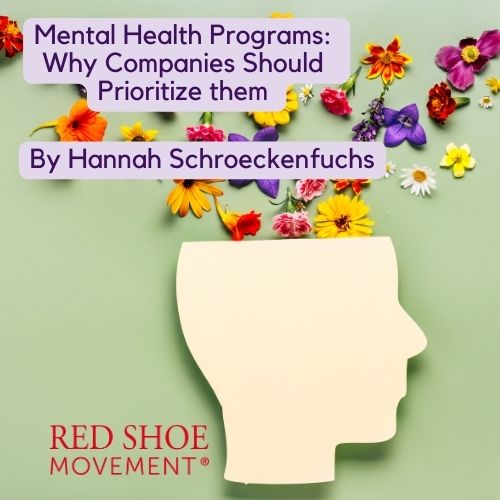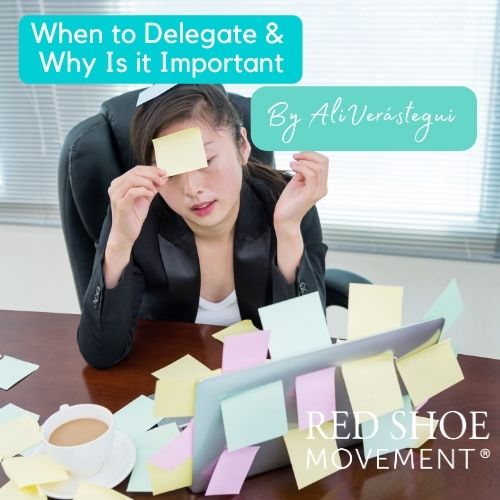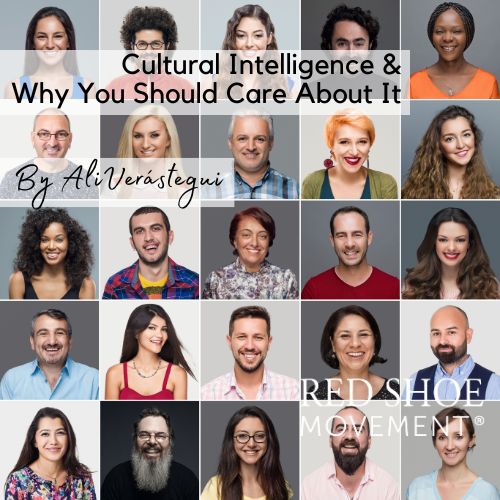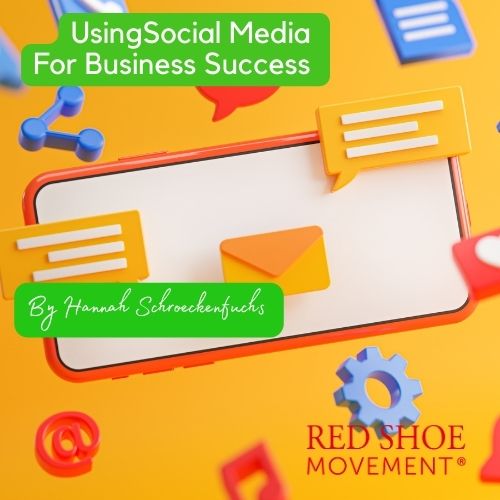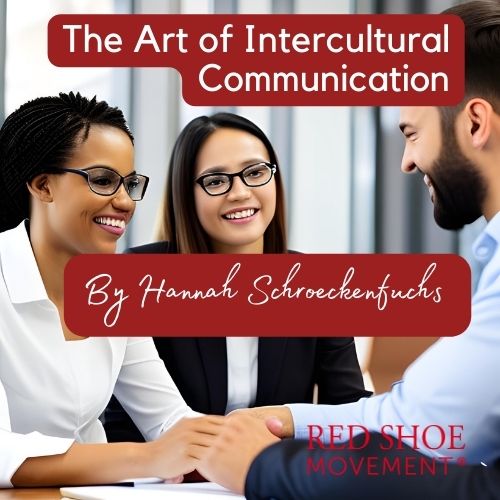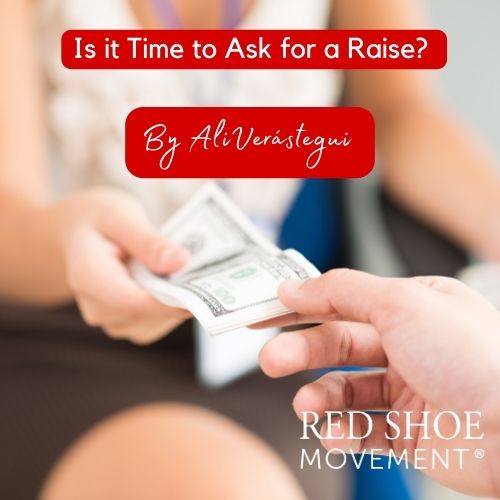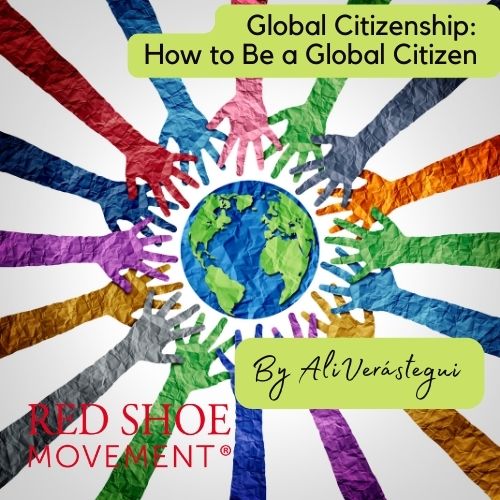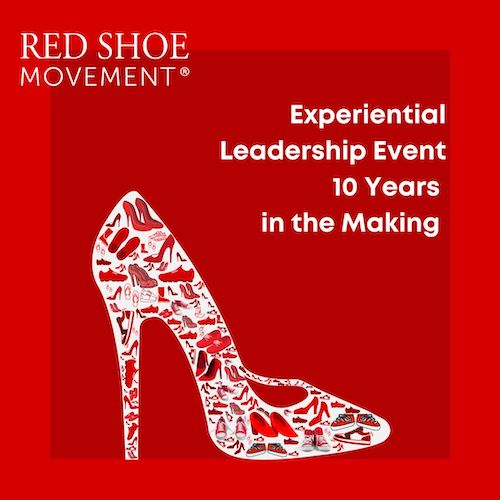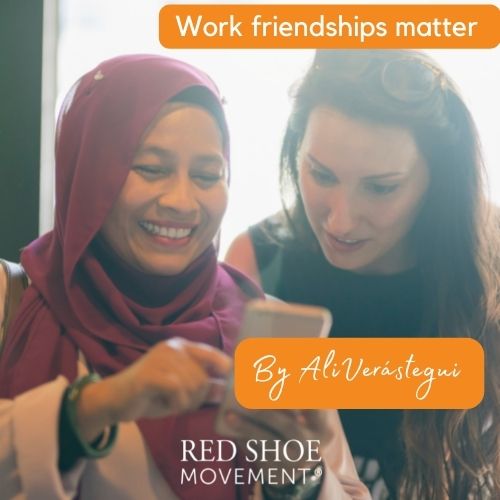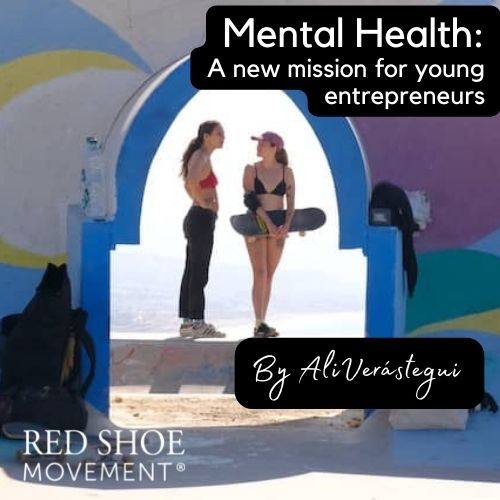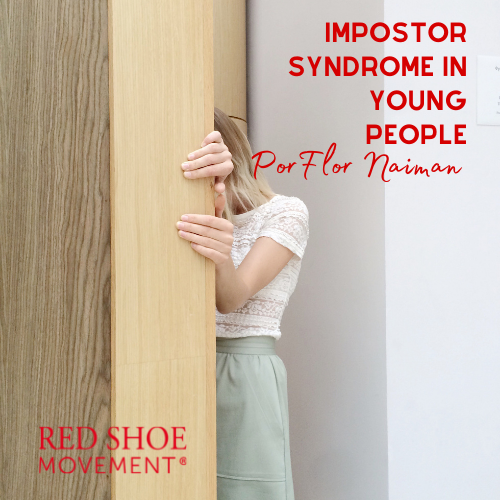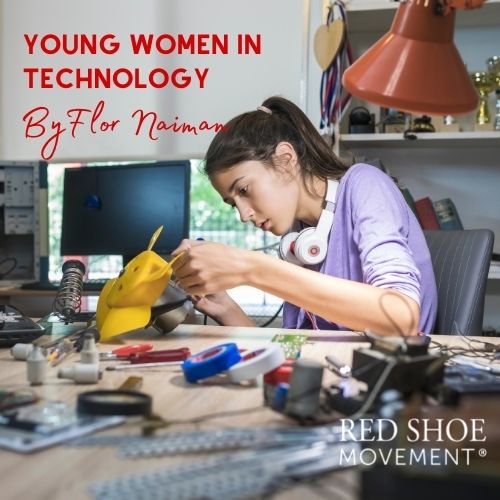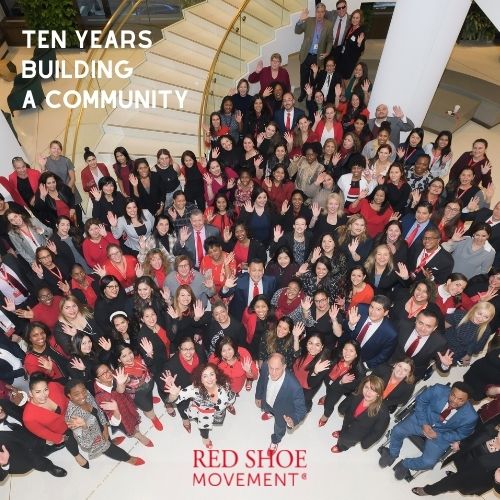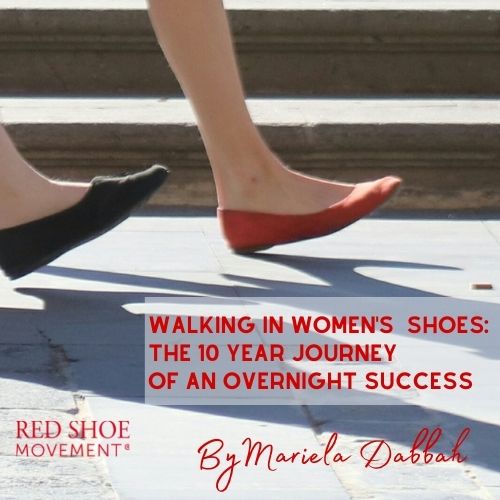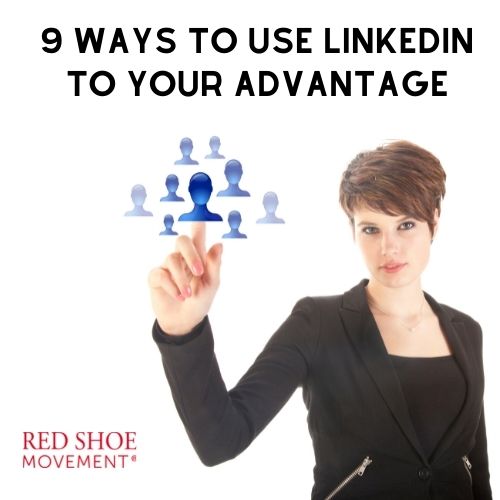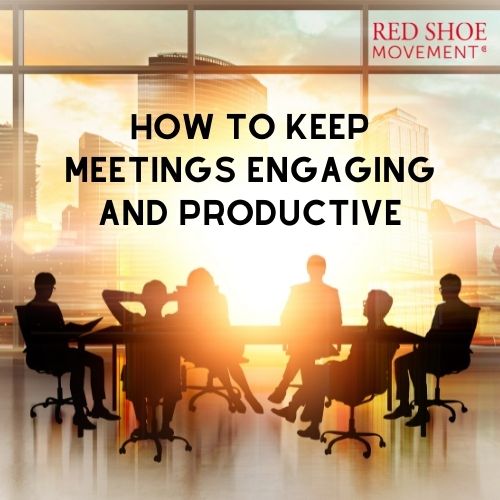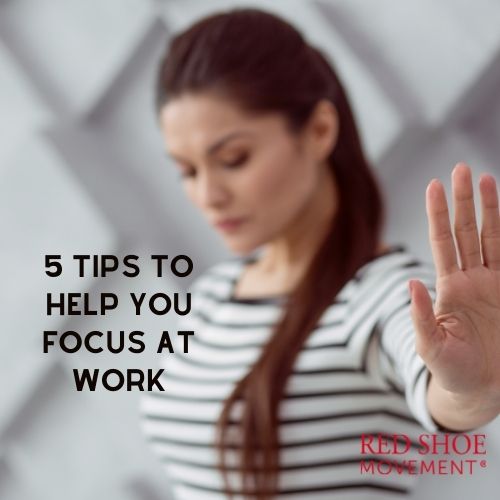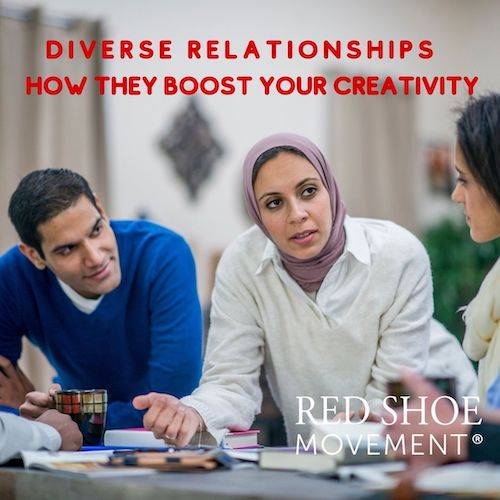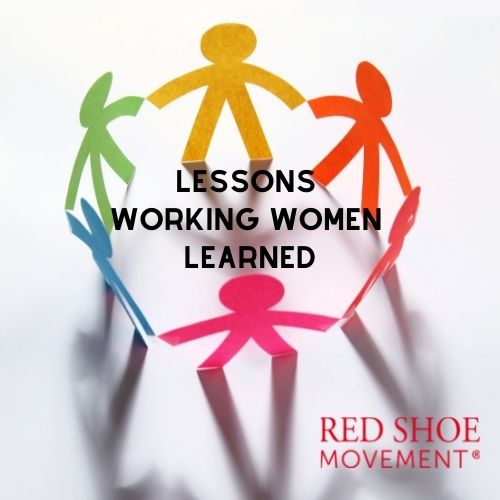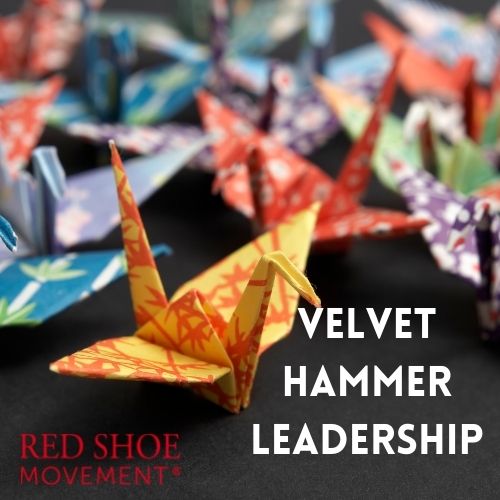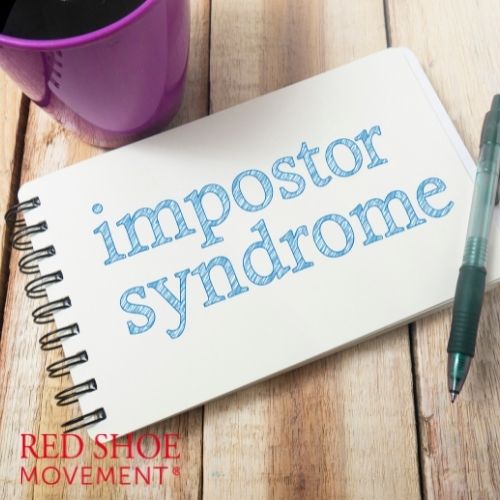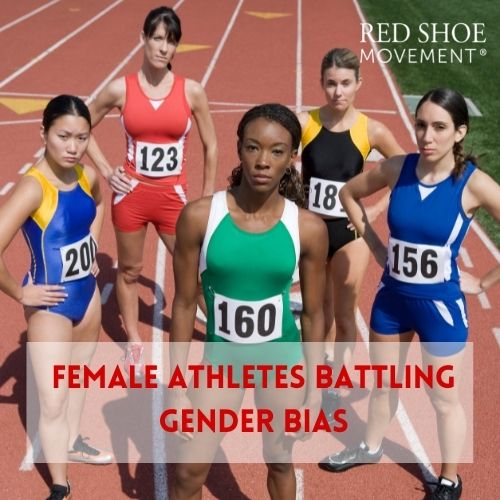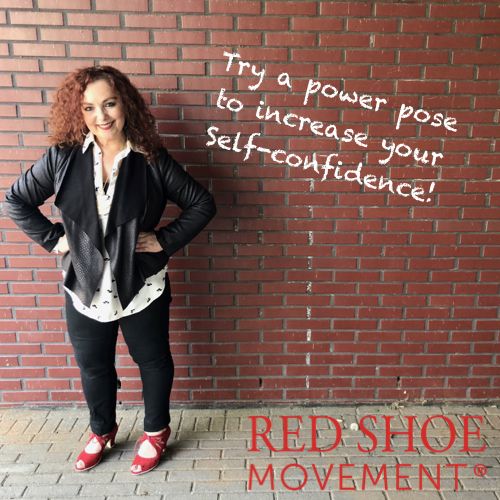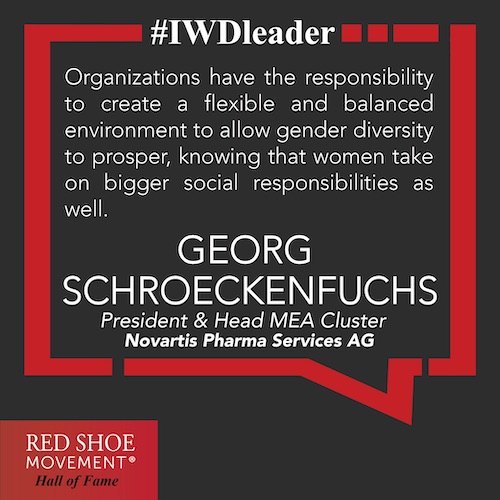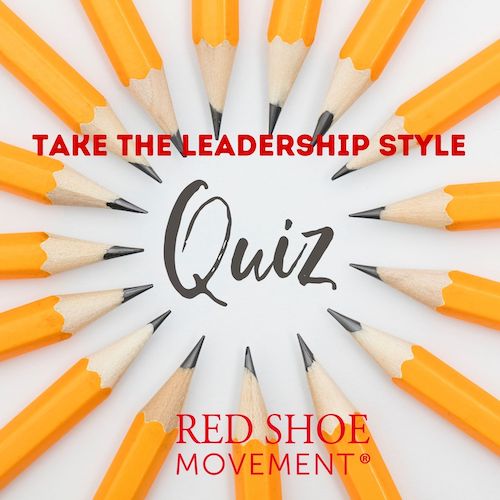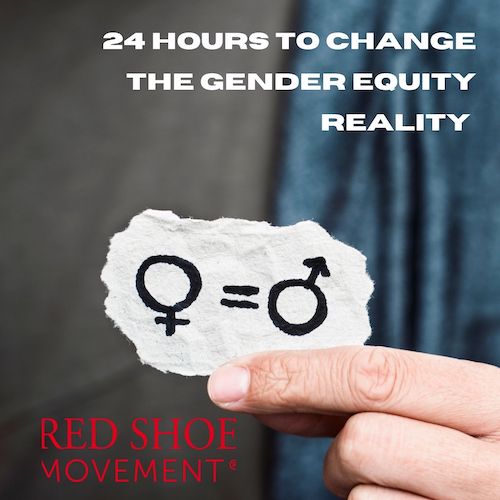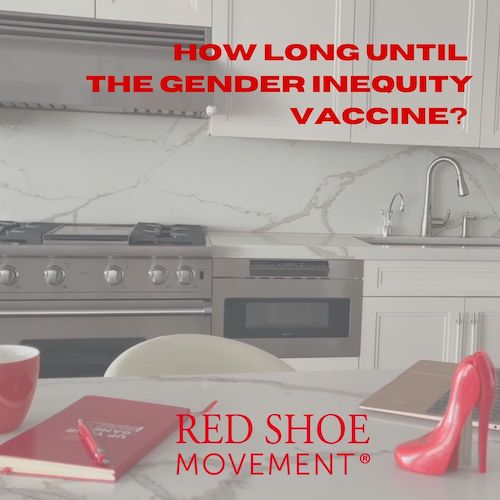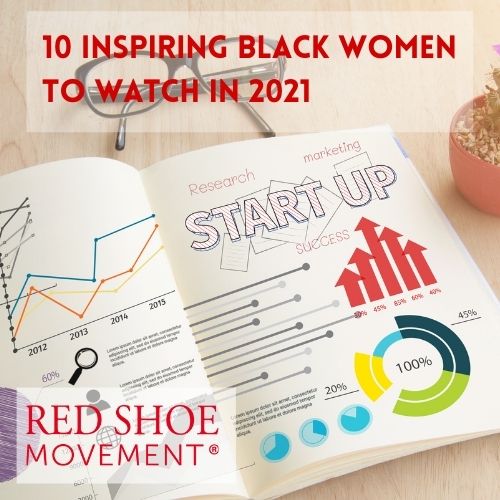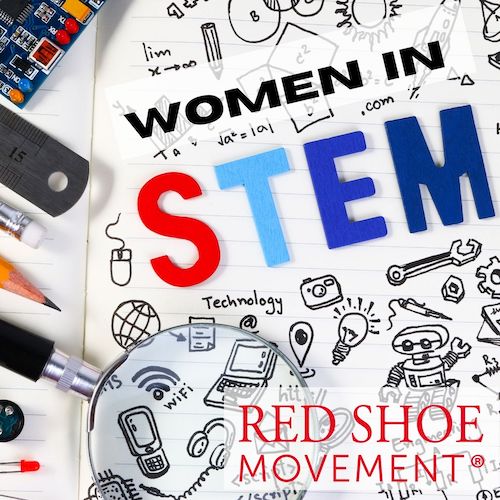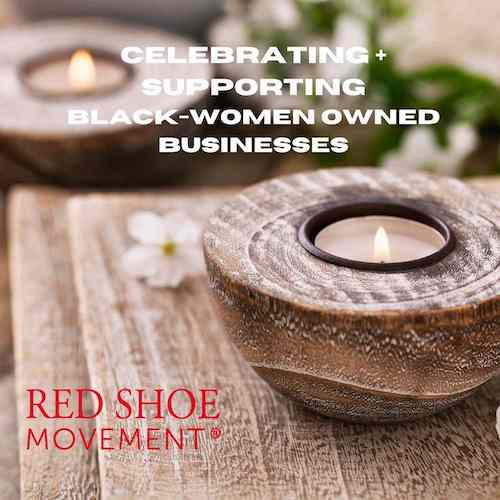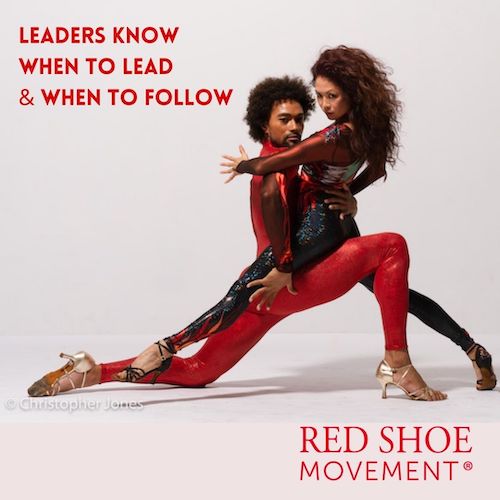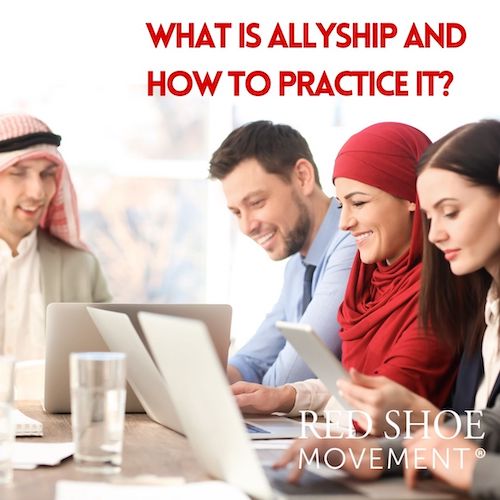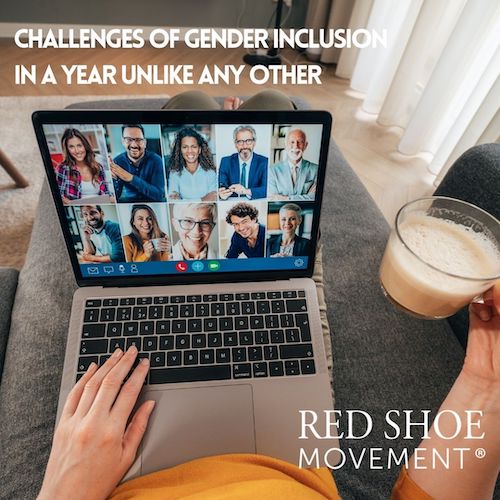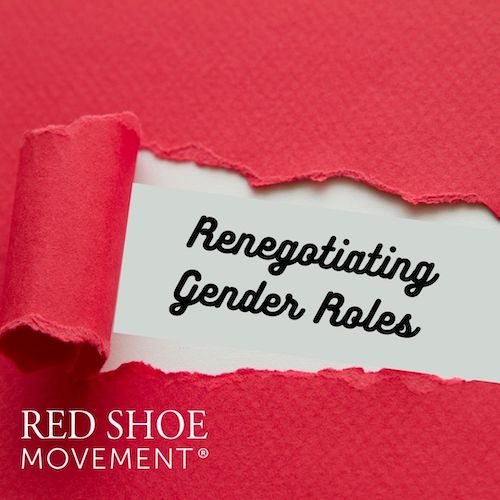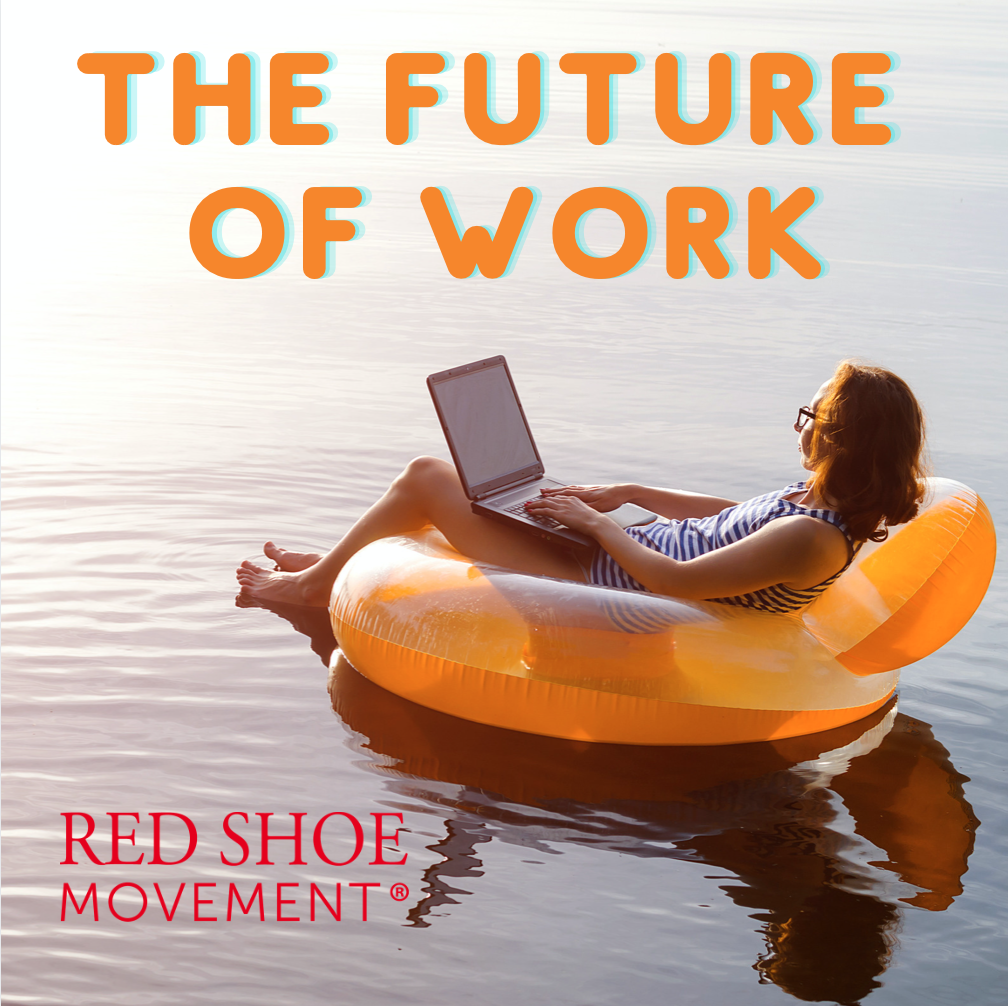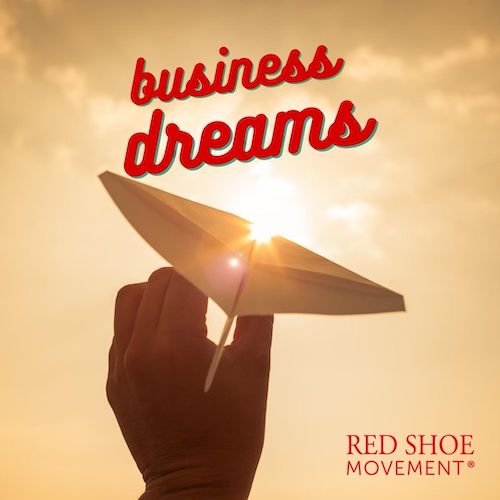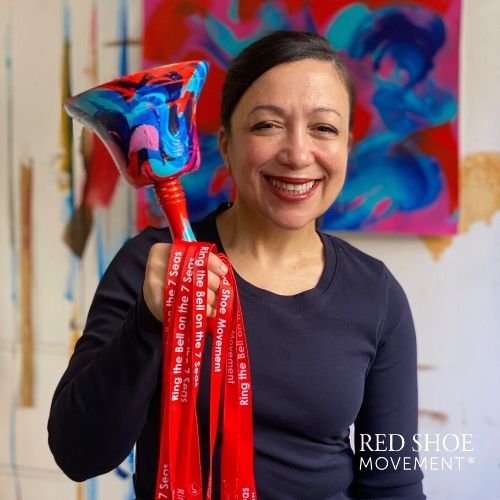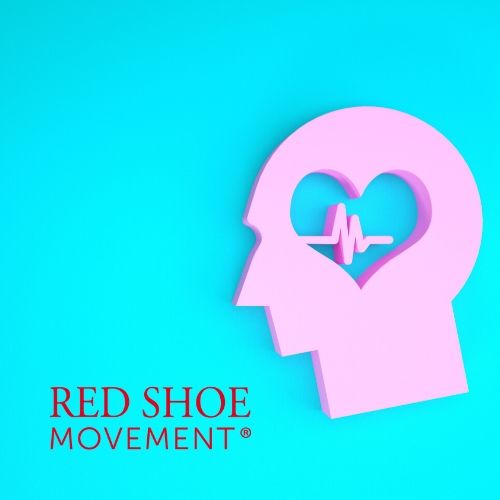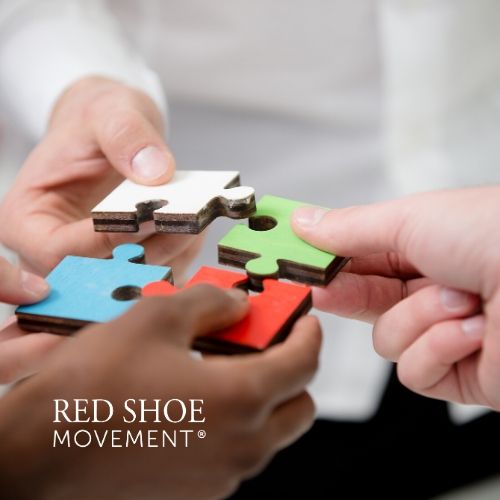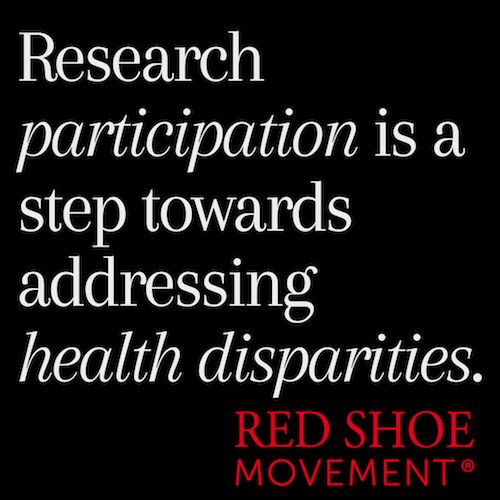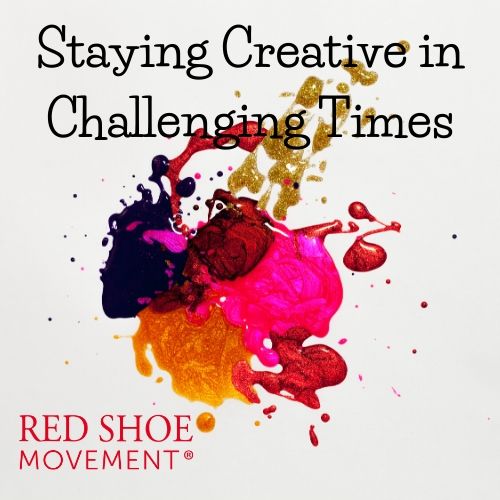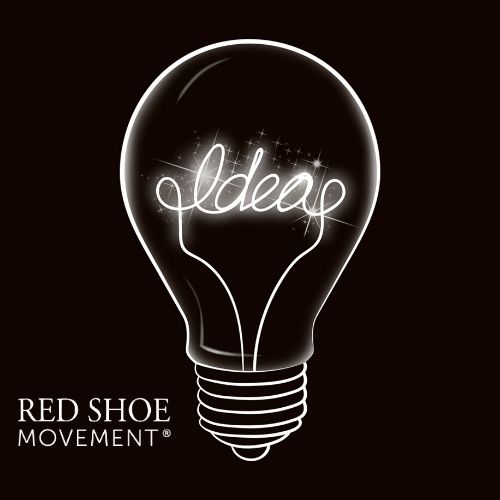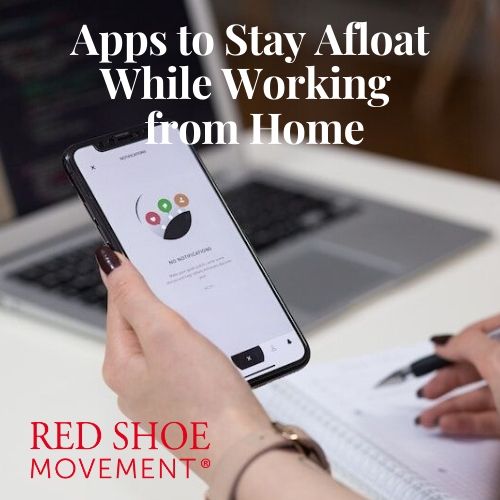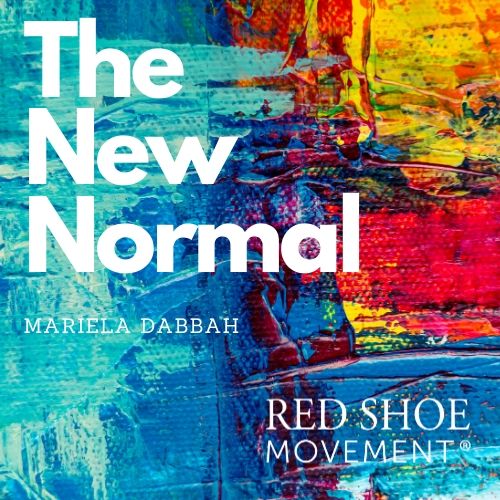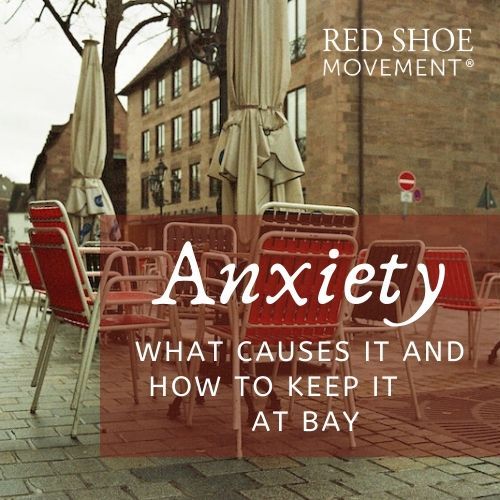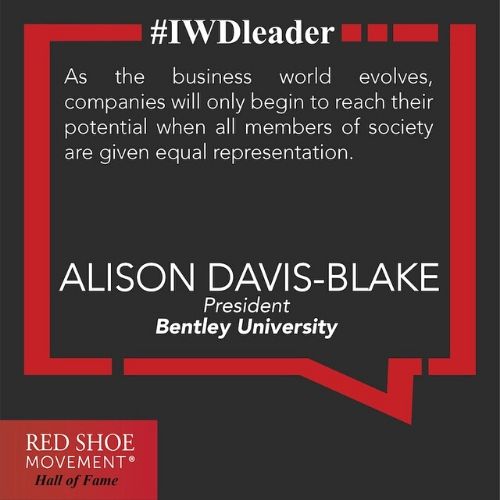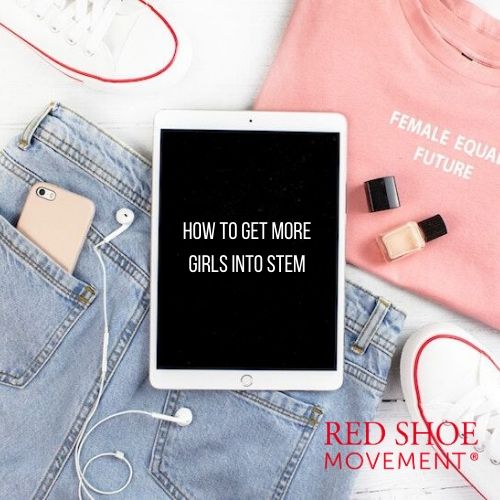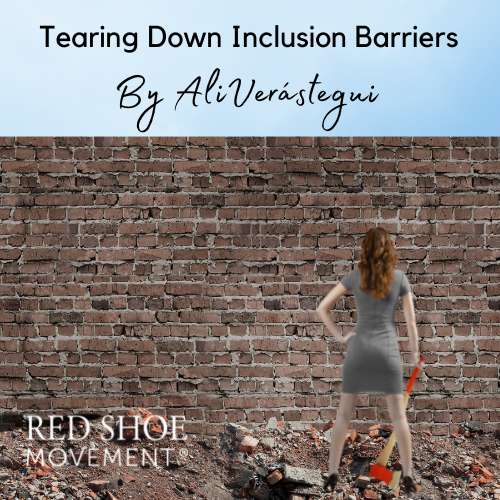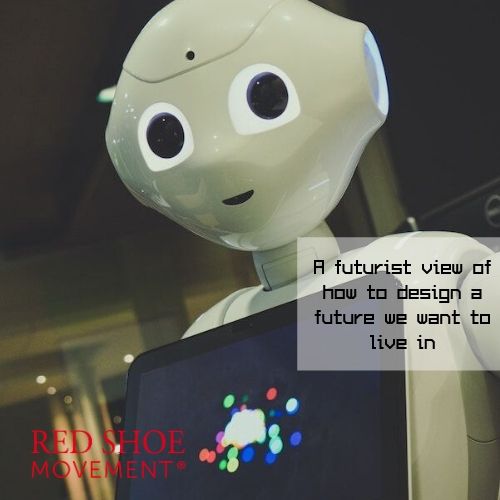For decades, mentorship in the workplace was built on a one-way model: an experienced leader guiding a younger, less seasoned employee. While valuable, that format often reinforces hierarchy and leaves untapped the diversity of insights junior professionals can offer.
In today’s fast-changing, hybrid, multigenerational workplaces, more than ever, we need to practice Mutual Mentoring 2.0, The Red Shoe Movement Way.
Unlike traditional mentorship, our approach assumes both parties have something to teach—and something to learn. It acknowledges that influence, expertise, and leadership aren’t determined only by age, title, or tenure. And for women in particular, mutual mentoring is proving to be a powerful strategy for career growth, resilience, and cross-functional impact.
What Is Mutual Mentoring 2.0?
At the Red Shoe Movement, mutual mentoring is much more than a buzzword—it’s a structured, intentional practice of bi-directional growth. Both people take turns as Explorer (the one asking for insights) and Expert (the one offering guidance). In Mutual Mentoring 2.0, we take this model further by embedding it into organizational systems and measuring its impact.
This evolution includes:
- A clear framework for rotating roles
- Company-wide support for mutual mentoring pairings across levels and departments
- Team training for everyone to facilitate the Red Shoe Movement Mutual Mentoring Circles effectively
- Emphasis on power skills like curiosity, empathy, and perspective-shifting
Why Mutual Mentoring Matters More Than Ever
- Bridges Generational Gaps
With five generations in the workforce, mutual mentoring helps individuals learn new tools, values, and ways of thinking. Younger professionals offer digital fluency and cultural insights. Senior professionals provide context, strategy, and networks. Everyone benefits. - Elevates Hidden Talent
Traditional mentorship often favors those who already stand out. Mutual mentoring creates space for overlooked voices to be heard and recognized. It’s incredibly self-empowering for both parties, but particularly for those who are from under-represented groups, younger or more junior in the organization. - Boosts Retention and Belonging
According to the 2023 BetterUp Mentorship Report, companies with formal mentorship programs saw 49% lower turnover and 82% higher employee satisfaction. When mentoring feels reciprocal it builds loyalty and engagement on both sides. - Promotes Real-Time Learning
Unlike one-off trainings, mutual mentoring supports continuous, just-in-time learning. This is especially useful for women navigating new roles, re-skilling, or pivoting industries.
How to Implement Mutual Mentoring 2.0 in Your Career
Start with Intentional Pairings
Look for someone in your organization who has a perspective or skill you want to learn from—regardless of title. Then ask yourself what you bring to the table. Propose a meeting framed as mutual exploration rather than asking them to be your mentor.
Use the Explorer/Expert Framework
At each meeting, take turns: one person brings a question, the other responds. Then switch. This ensures both voices are heard and valued equally.
Make It Ongoing
The most transformative growth comes from sustained conversation. Aim to meet every 4–6 weeks. Use shared documents to track insights and follow-up actions.
Expand Beyond Formal Structures
Not every mentoring relationship needs to be part of an official program. Tap into Employee Resource Groups (ERGs), Slack channels, industry groups, or LinkedIn to connect with others.
Request Organizational Support
If your company doesn’t have a mutual mentoring program, advocate for the Red Shoe Movement to bring in its training. Share the benefits and propose a pilot. You can get in touch with us here.
Examples of Bi-Directional Wins
- A Latina mid-level manager teaches her C-suite mentor about inclusive language and regional market trends, while receiving sponsorship for a stretch assignment.
- A Gen Z intern mentors her team lead on TikTok brand positioning while gaining feedback on how to present ideas more persuasively.
- A returning parent teaches her early-career mentor how to navigate time management post-maternity while receiving tips on AI tools to streamline workflows.
Keep in Mind
Mutual Mentoring 2.0 isn’t just a feel-good practice.
It’s a career strategy that accelerates learning, expands influence, and reshapes workplace culture to center curiosity, inclusion, and connection. By creating space for two-way growth, you unlock not only your own potential—but the power of the people around you.
And if you’re ready to build your power skills and your self- confidence, join our Step Up Women year-long leadership program today. If you’d like a one-on-one with Mariela Dabbah, connect with her here.
